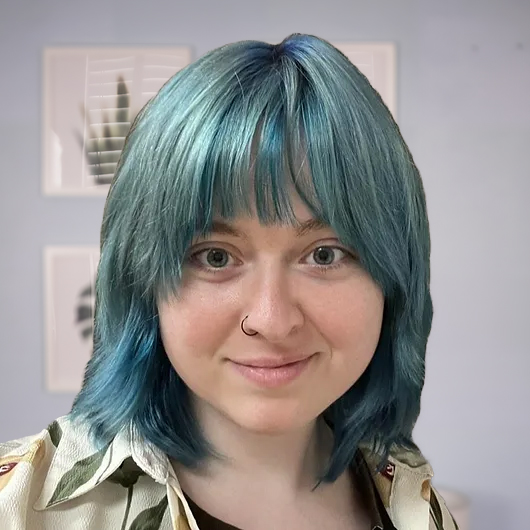Bi+ Visibility Month: Recognizing Diverse Identities and Stories
- Cameron Williams

- Sep 30
- 2 min read
🌈 Bi+ Visibility Month 🌈
This month, we celebrate and honor the diverse identities that make up the Bi+ community. Many people experience attraction in ways that don’t fit neatly into “gay,” “straight,” or “lesbian.” Recognizing and respecting these experiences is an important part of supporting our clients and community — especially since Bi+ people often face identity erasure through dismissal, invalidation, or denial.
💡 Bi+ Terms
Aromantic: People who experience little to no romantic attraction. They may build strong, meaningful relationships, but not in a traditional romantic way.
Asexual: People who experience little to no sexual attraction. Asexuality exists on a spectrum — some may experience attraction rarely, in specific ways, or not at all.
Polysexual (umbrella term): An identity and umbrella for people who experience attraction to multiple genders. This includes bisexual, pansexual, and omnisexual identities. For some, polysexual specifically means attraction to some genders, but not all.
Bisexual: People who experience attraction to two or more genders. This can include attraction to men, women, and nonbinary people.
Pansexual: People who can be attracted to others regardless of gender. Gender does not limit their attraction.
Omnisexual: People who are attracted to individuals of all genders, while still noticing or acknowledging gender in their attraction.
🌈 Unique Experiences & Challenges
Mental Health Stress: Research shows higher rates of anxiety, depression, and isolation among asexual and polysexual people compared to straight and gay/lesbian groups, often due to invisibility and lack of acceptance.
Double Stigma & Exclusion: Bi+ folks can face skepticism or rejection from both straight and gay/lesbian communities, making belonging more complex.
Stereotypes of Confusion: Bi+ people are often told they are “just confused” or “going through a phase.” Asexual and aromantic people may be told they “just haven’t met the right person.”
Relationship Challenges: Myths of promiscuity or “not being satisfied” can cause mistrust, especially in monogamous relationships.
Coming Out Complexity: Because Bi+ identities are less understood, coming out often requires extra explanation and ongoing correction of misconceptions.
🌟 Strengths & Positive Experiences
Bi+ communities are not only resilient but thriving:
They often build strong coping skills and flexibility by moving between queer and straight spaces.
They tend to be deeply empathetic, inclusive, and welcoming across diverse identities.
Many Bi+ people challenge traditional ideas of relationships, creating fulfilling chosen families and partnerships.
Community pride and joy shine through in art, activism, and celebration.
Finding Bi+ community can be profoundly affirming, offering connection and a sense of home.
✨ Bi+ people are not just surviving — they are building joy, creativity, and belonging. This month, we honor their resilience, their challenges, and their thriving communities.



Comments